So what makes an Oyster farm Organic? Aren’t oysters organic anyway? Good Question. It’s about two things – water quality and environment.

Water quality
On the NSW Far South Coast, it is widely recognised that Wapengo Lake has pristine water quality and that oysters harvested from here are the best you can get. Wapengo Lake is surrounded by forests and small farms, and is fed by water that flows from National Parks and State Forests.
The first thing we’ve set out to do is improve the water quality on our leases even further by completely removing all polluting products and infrastructure. That means no more treated pine or tar coated sticks on our farm. These materials have traditionally been used in the oyster industry for decades because of their low cost and durability. Replacing infrastructure has been hard work, but we now use only recycled or recyclable materials. As an example, we have posts that are the only ones available on the market composed of 100% recycled plastic and manufactured in Australia.
In our efforts to continually improve water quality we have dramatically reduced the amount of fixed (non-moving) infrastructure. Our old post and rail racks were treated pine but they have been replaced with plastic posts or flumed (plastic sleeved) untreated natural timber.
Our new infrastructure is what we call ‘dynamic long lines’ with floating baskets. An example of our cultivation practices being more sustainable than before is the requirement of only 8 posts per row in our long line systems. Housing the equivalent volume of oysters in the old system required 180 – 200 treated pine posts and around 300m of treated pine rail.
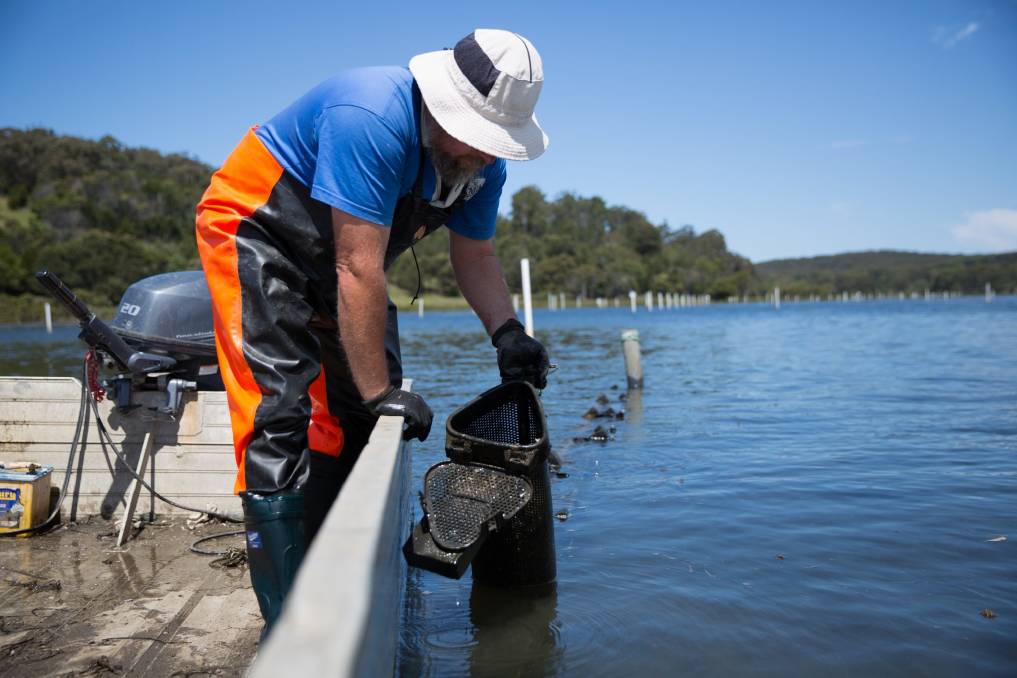
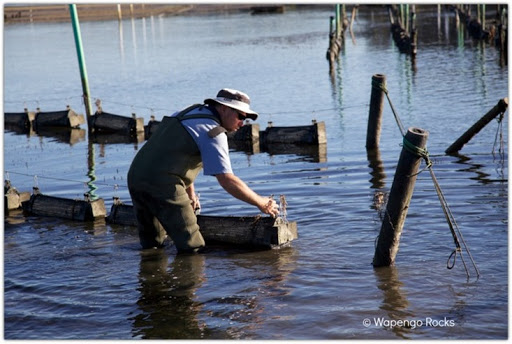
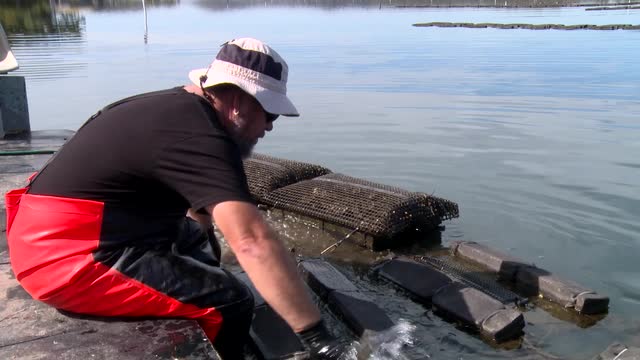
Habitat
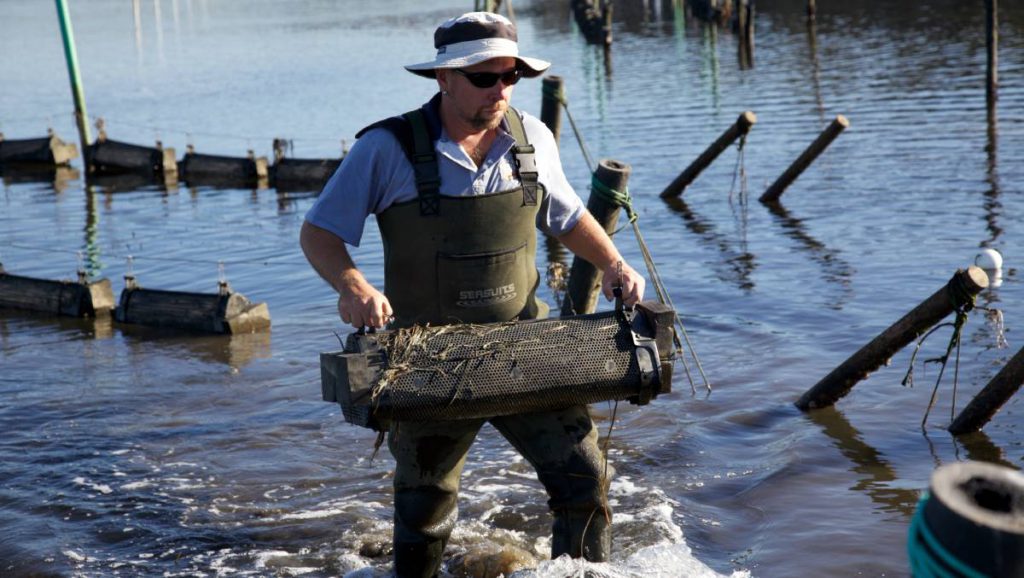
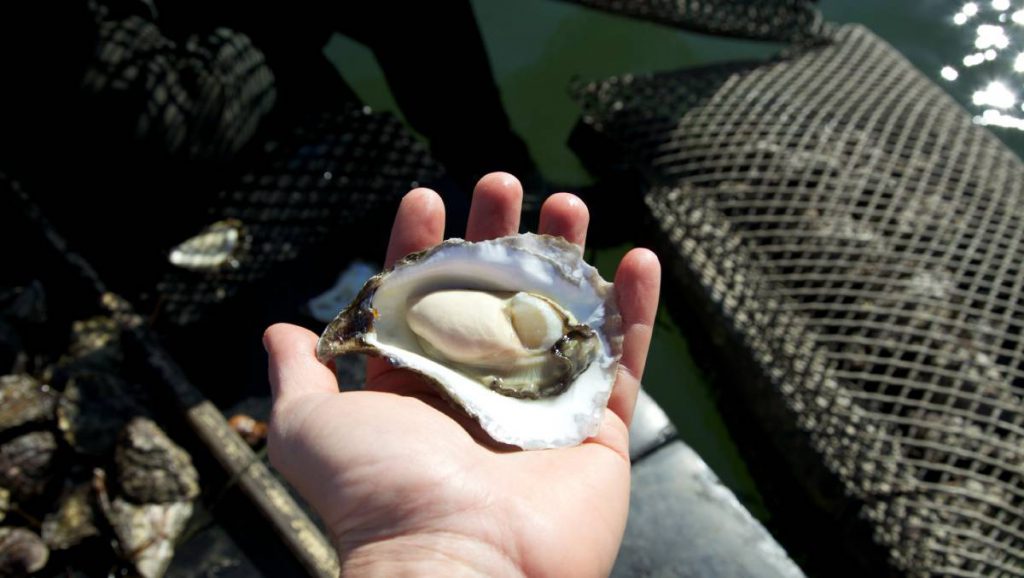
We have reduced the incidence of post and rail to 5% of what it was before we began organic conversion. This is important because the old infrastructure shaded the lake-bed and therefore destroyed the seagrasses by depriving them of sunlight. The new system moves; the long lines with attached floating baskets actively move across the top of the water and ‘sway’ in the currents, letting more light in and allowing the seagrass beds to regrow. We are promoting the restoration of the ecosystem and habitat which existed before oyster cultivation began in Wapengo Lake over 130 years ago.
Stress-free oysters
There is also no longer any stressing of the oysters. Old stick cultured oysters had to be knocked forcibly from the sticks and then ‘culled’ using a steel file to knock them apart. This action caused the oyster ‘culling shock’ that would actually kill a percentage of oysters. Our oysters are now caught wild as single seed, requiring no harsh treatment throughout their life. We believe our husbandry practices are indicative of their quality.
Organic certification is normally a three-year process. All of these factors and more led Australian Certified Organic (ACO) to grant us Organic Certification with only one year of conversion. For us, organic certification means that our sustainable practices and ecosystems approach is formally acknowledged and recognised.